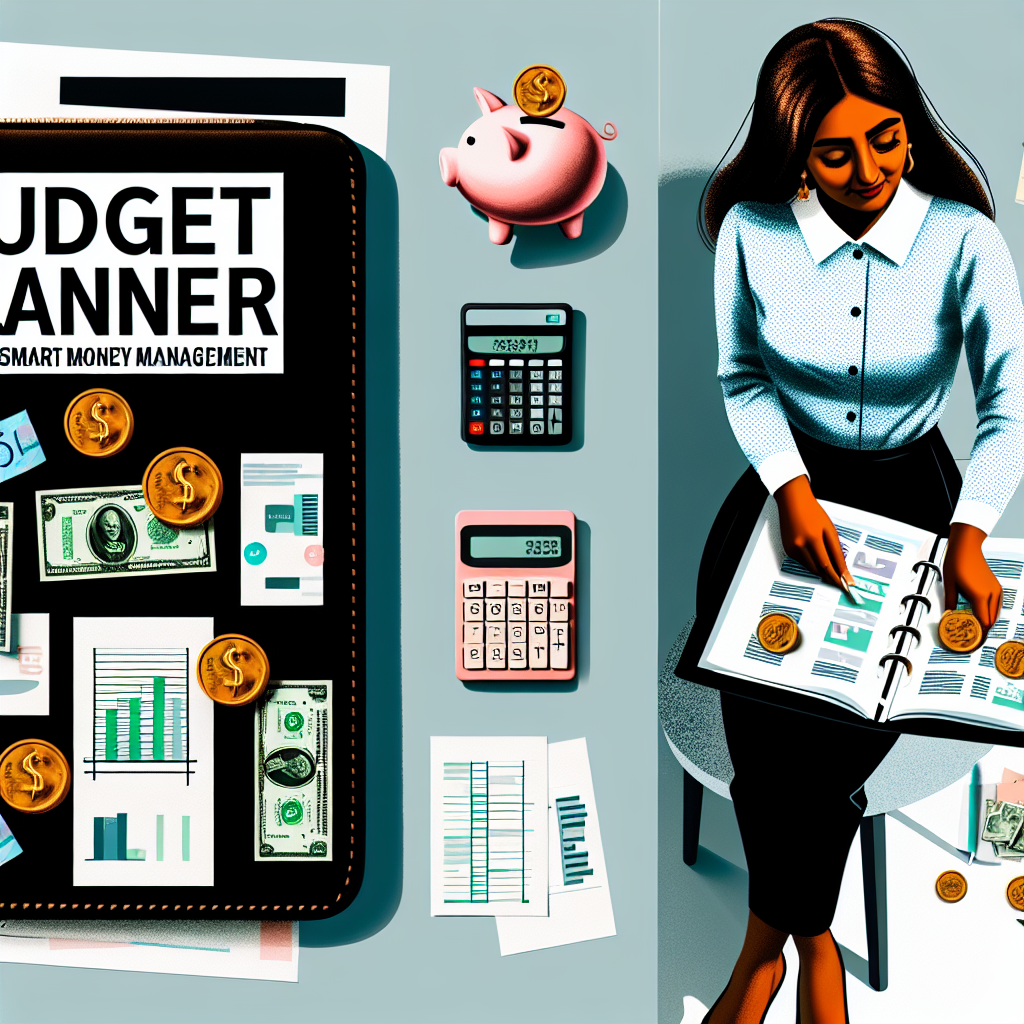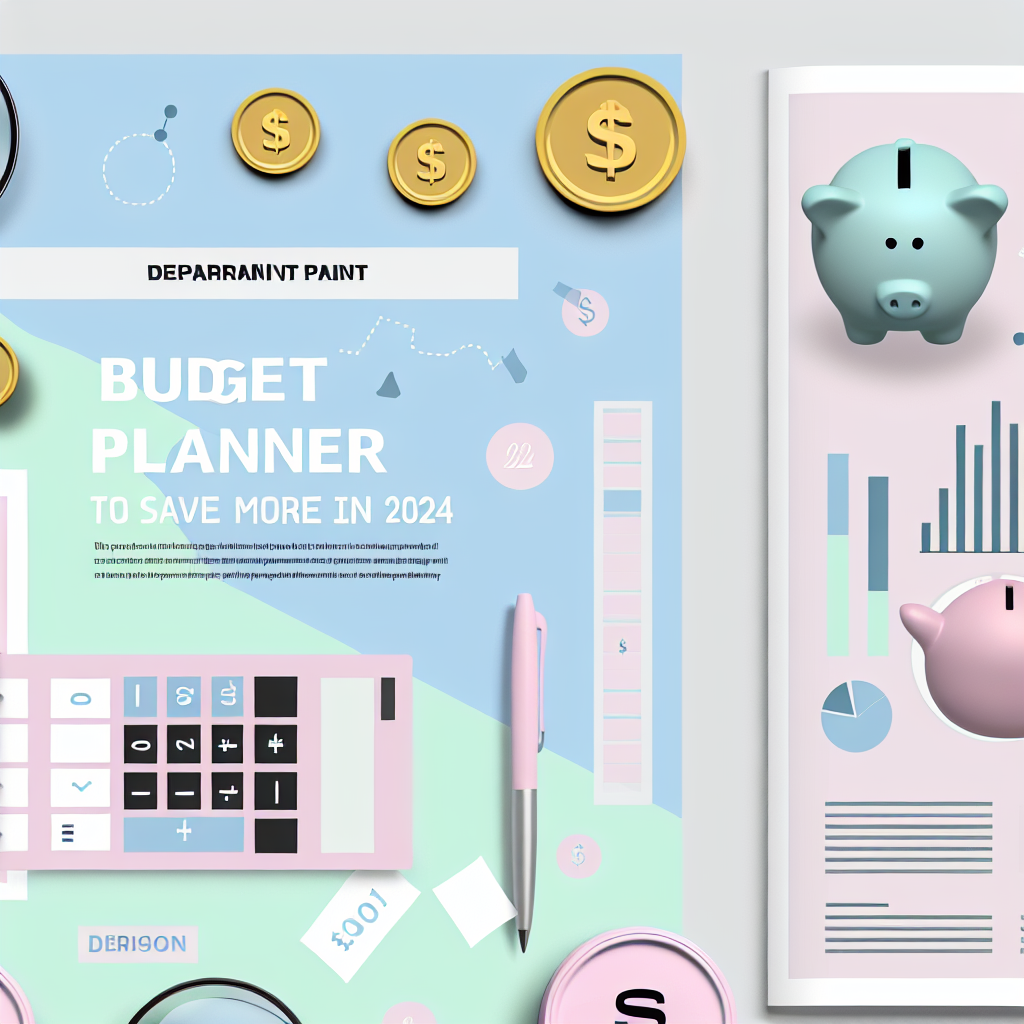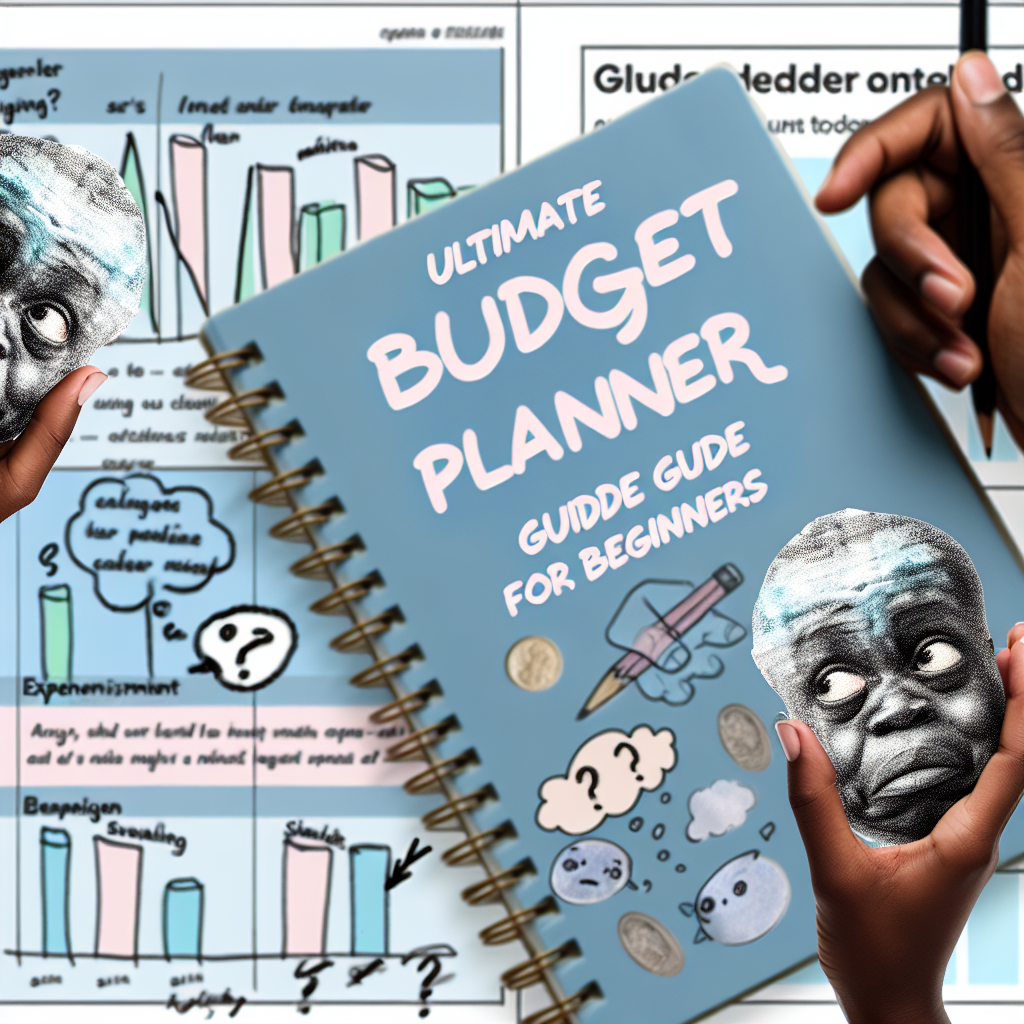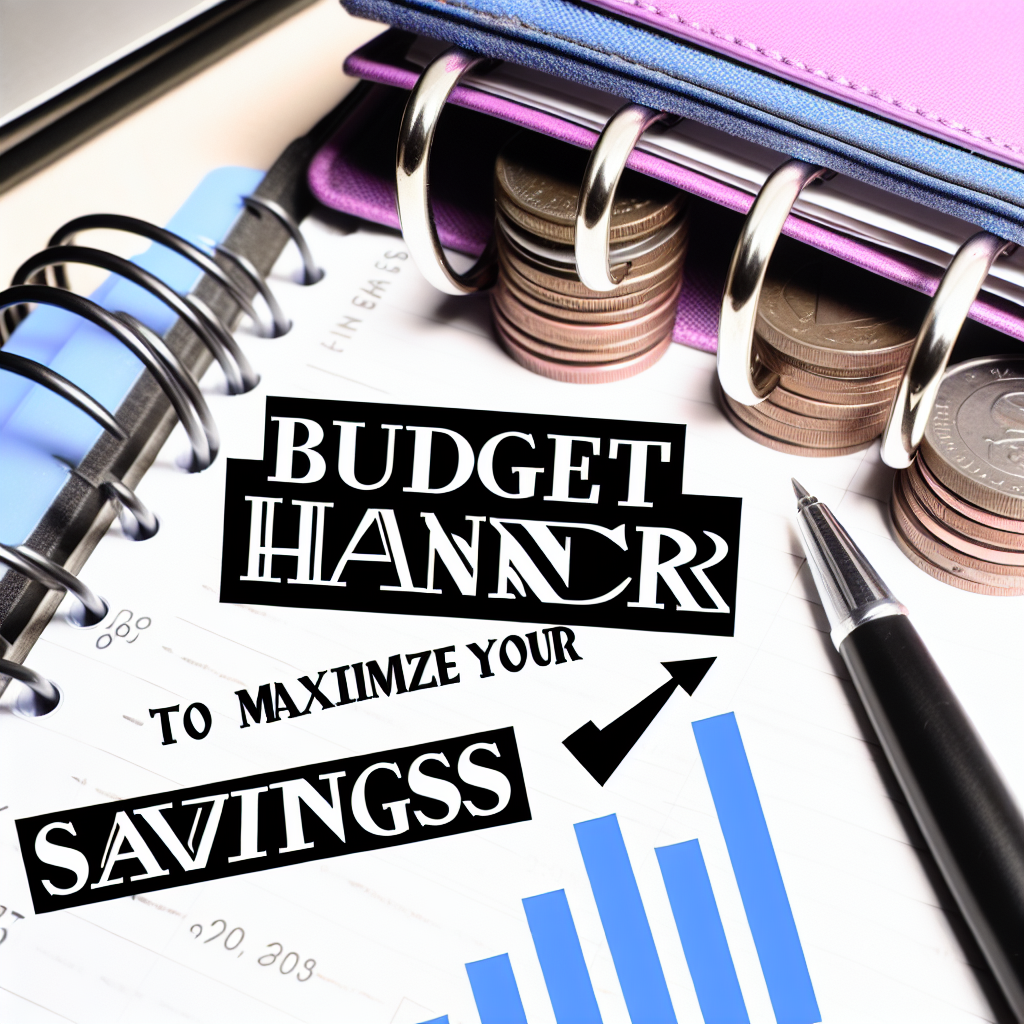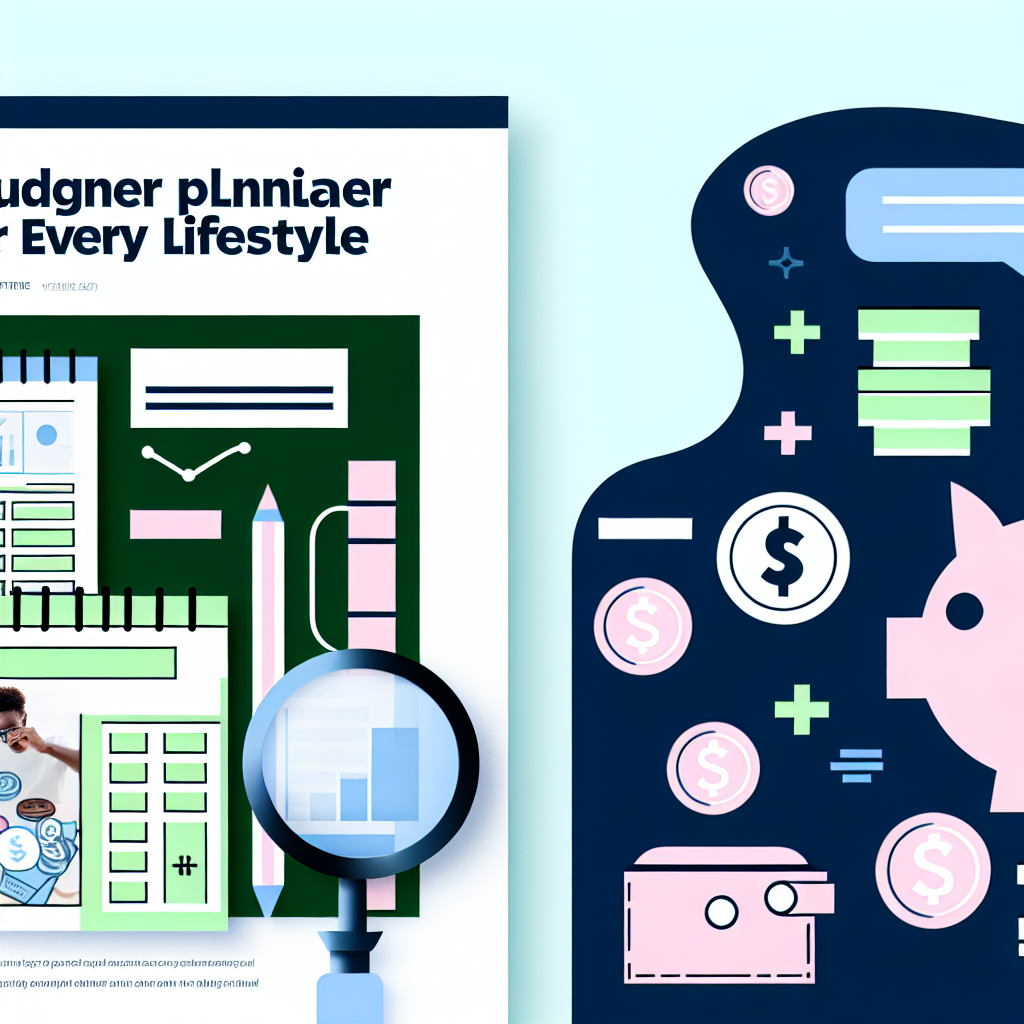=
I’ll never forget the day I found out I had spent over $200 on takeout in one week. I was sitting on my tiny, squeaky couch, scrolling through my bank app with a sinking feeling. “How did I let this happen again?” I wondered, feeling like a total financial mess. My first attempt at tracking expenses was scribbled on a napkin, stained with coffee, with the words “NO SPENDING” scrawled in desperate, shaky letters. Spoiler alert: it didn’t work. But that embarrassing napkin was the start of a long, messy journey to figuring out how to track expenses like a pro — or at least like someone who doesn’t want to cry every time they open their bank statement.
The real “aha” moment came when I realized that tracking expenses wasn’t about being perfect or turning into a human calculator. It was about understanding where my money was sneaking off to, without judgment or shame. Budgeting tips and tricks weren’t about restriction; they were about regaining control and peace of mind. Tracking expenses was less about the numbers and more about the story those numbers told about my habits, my choices, and ultimately, my values.
The First Step: Making It Real (And Ridiculously Simple)
The first thing that actually worked for me was ditching complicated spreadsheets and apps that felt like homework. Instead, I started by just writing down every single thing I bought — yes, even that $3 candy bar at the gas station — in a small notebook I kept in my bag. It felt silly at first, like I was a detective on a tiny, unimportant case. But seeing those little numbers pile up on paper made the problem real. It was no longer an invisible leak in my bank account; it was a series of choices I could actually see.
Learning to Be Honest (Even When It Hurts)
I remember being hesitant to try this, because I was afraid of what I’d find. Would I be ashamed? Would I want to hide from the truth? But the weird thing was, once I stopped pretending everything was fine, I started to feel a little lighter. Tracking expenses honestly meant facing my impulsive buys head-on — like that impulsive $50 “treat” I convinced myself I deserved after a rough day. Instead of beating myself up, I started asking, “Was it worth it?” And sometimes, it was. Other times, it wasn’t. But at least I knew.
Using Technology Without Getting Overwhelmed
This trick might sound weird, but setting a weekly “expense check-in” alarm on my phone changed everything. I’d spend five minutes reviewing what I’d written down and compare it to my bank app. It was like a mini financial therapy session — short, manageable, and low-pressure. Over time, I got better at spotting patterns, like how my coffee shop visits added up or how subscription services quietly drained my account. I didn’t have to be perfect; I just had to be consistent.
Turning Tracking Into a Conversation, Not a Chore
One of the biggest surprises was how tracking expenses became less of a chore and more of a conversation — with myself and sometimes with friends. Sharing my struggles and wins made it less lonely. When I told a friend about how I tracked every penny for a month, she laughed and shared her own horror stories. We swapped tips, supported each other, and celebrated small victories like “not overspending on snacks this week.” Tracking expenses suddenly felt like a team sport.
I Know What You’re Thinking…
I know what you might be thinking right now: “This sounds hard,” or “I don’t have enough money to start,” or even “I’m too busy to keep track of all this.” Trust me, I’ve been there. There were days when I wanted to throw my notebook out the window or just ignore my bank app altogether. But here’s the thing — tracking expenses isn’t about having a perfect system or a fat wallet. It’s about small steps, messy attempts, and learning to be kind to yourself when you slip up.
One Small Step Today
If you take one thing away from this, let it be this: you don’t have to be perfect to start tracking your expenses like a pro. Just grab a piece of paper or open a note on your phone and jot down what you spend today. That’s it. One small step. You’re not alone in this. I’m rooting for you — because if a coffee-shop barista-turned-office-worker with a napkin budget can figure this out, so can you.
💡 Want more tips like this? Explore more ways to save funds and plan your budget wisely!


